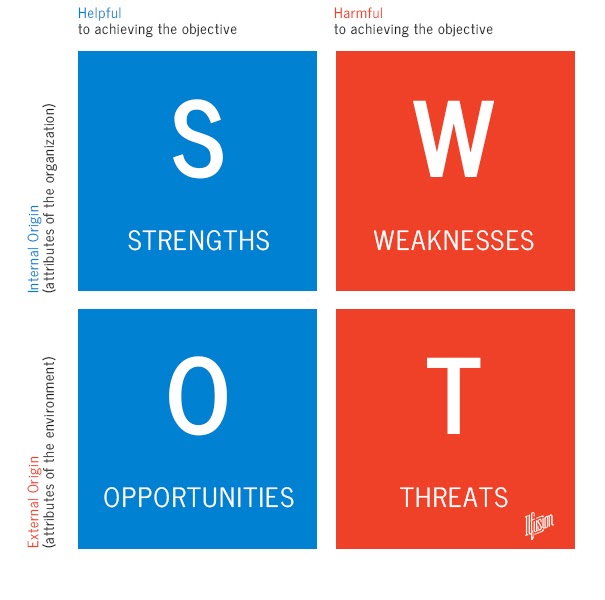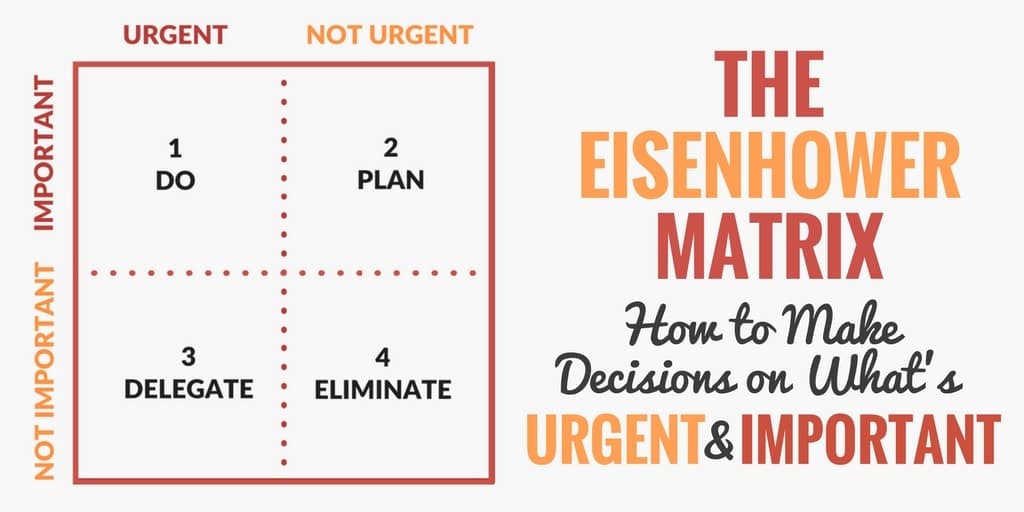The core aim when working with the Concepts is to find the key dimensions in our argumentation or view of the object/phenomenon we are relating to.
We want to avoid addressing something that has a difference, without making a distinction. If apples and oranges are different, and that difference is relevant for our analysis, we should not keep referring to them simply as “fruit”.
Likewise, we want to avoid making a distinction when there is no difference. If zucchinis and courgettes are the same thing, it is just confusing to use different names.
A 2 by 2 matrix is a simple way to work with distinction. It implies there are two dimensions (horizontal and vertical) and two possible values/belongings in each dimension.
The value can be a hard numeric cut-off, say <10 and >=10, but is more often an indicative, relative, or qualitative division. For example: high-low, many-few, common-rare. Binominal scales (as these are with two nominal values) can also be simply yes-no, 1-0, is-isn’t.
Design a 2×2 matrix model to show distinction in two dimensions, thereby forming four classes. It can be about anything, how about a fruit classifyer? Cars? Students? Employees? Products? Markets? Strategies?
Examples
Here are some well-known 2x2s. Are they easy to understand?
Although every 2×2 model essentially looks the same, they can be visualized in different ways. How would you design a 2×2 to make your message clear?
SWOT

The BCG matrix

Task Prioritization

